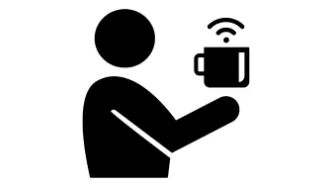Search
Content type: Examples
For some months in 2017, in one of a series of high-risk missteps, Uber violated Apple's privacy guidelines by tagging and identifying iPhones even after their users had deleted Uber's app. When Apple discovered the deception, CEO Tim Cook told Uber CEO Travis Kalanick to cease the practice or face having the Uber app barred from the App Store.
External Link to Story
https://www.nytimes.com/2017/04/23/technology/travis-kalabnick-pushes-uber-and-himself-to-the-precipice.html
Content type: Case Study
Gig economy jobs that depend on mobile applications allow workers’ movements to be monitored, evaluated, and exploited by their employers.
The so-called “gig economy” has brought to light employers’ increasing ability and willingness to monitor employee performance, efficiency, and overall on-the-job conduct. Workplace surveillance of gig economy workers often happens without employees’ awareness or consent. This is especially evident in the app-based gig economy, where apps act both as an…

